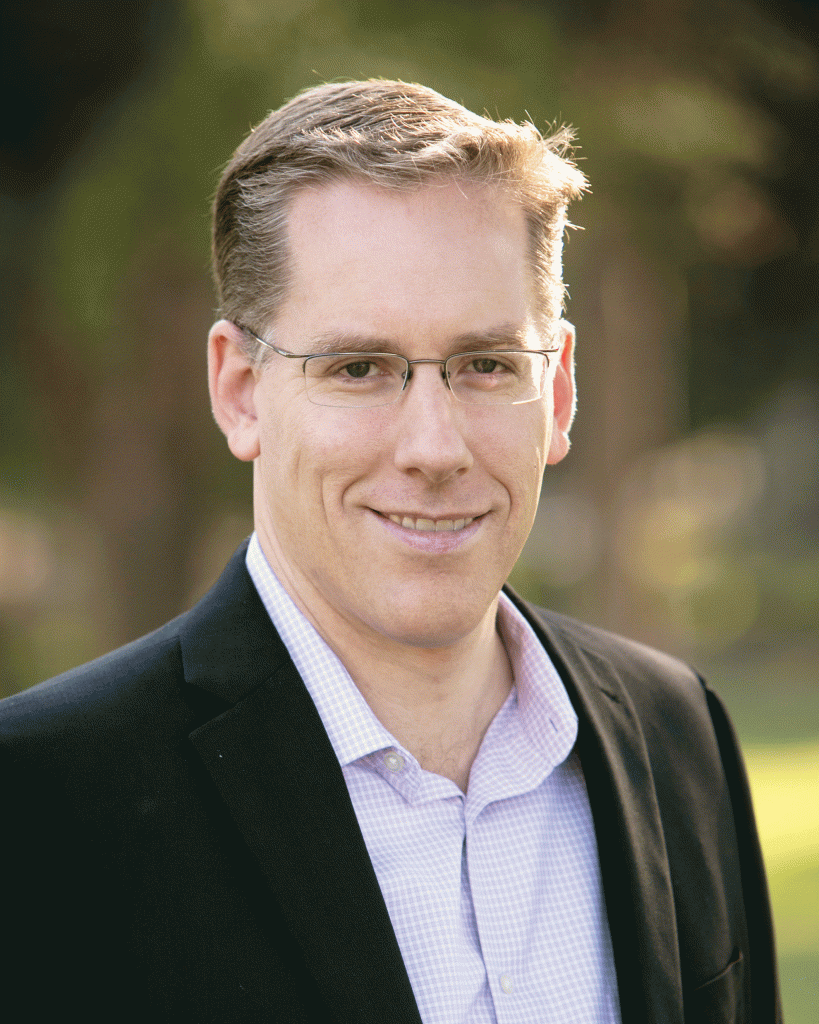Ventura County’s economy was in a rougher place than previously understood when the pandemic started, and rebuilding it in a way that benefits everyone is going to take a lot of careful work.
That was the message from Matthew Fienup, the executive director of the Center for Economic Research and Forecasting at California Lutheran University, at a virtual event held April 30 by the Greater Conejo Valley Chamber of Commerce. During his presentation, Fienup spoke about the Ventura County economy, how the pandemic impacted it and some options the region can take to recover and put itself in a better position for the future.
One of the most striking figures Fienup gave was that Ventura County’s economy was much smaller going into the pandemic than had been previously understood. Between 2007 and 2018, the economy shrank at an annual compound rate of 1.2%, according to revised data released this year by the U.S. Bureau of Economic Analysis. The original BEA data had the county’s economy growing slightly in that period.

“The economy shrank by $8.6 billion,” Fienup said.
In comparison, Los Angeles County’s economy expanded by 1.9% per year in that period, faster than the national annual compound rate.
Fienup has warned in the past that there is a two-pronged tale of recovery in the country and in the region, and he repeated that at the chamber’s Regional Economic Forecast. While higher-paying office jobs have almost entirely recovered from the pandemic, service and hospitality jobs are less likely to have come back.
It will take some time before those sectors of the economy come close to where they were before the pandemic hit. Fienup pointed to short, medium and long-term factors that will determine how fast those sectors come back and how well the country and Ventura County are able to recover over the long term. Some of the short and medium-term factors include vaccine adoption, which will limit the spread of the pandemic, and the normalization of economic activity — not when the state allows businesses to return to pre-pandemic conditions, but when people feel comfortable returning to their old habits.
Medium to long-term factors include unwinding the “extraordinary” monetary and fiscal interventions that local, state and federal governments undertook during the crisis.
“The magnitude of this event simply dwarfs the Great Recession,” Fienup said.
He said that without doing something to address the amount of debt the federal government has accepted, there will be chronically lower economic growth, as well as fewer opportunities for people in lesser economic positions to improve their prospects. Fienup urged people to think about economic inclusion and broadly shared prosperity, so that people who are born into lower-income households aren’t forced to stay there by a lack of opportunity.
“There is a lot of work to be done to reset the economy and reset economic policy to get it out of crisis mode,” Fienup said.
The economic forecast event also featured Kuma Roberts, a diversity, equity and inclusion consultant from Tulsa, Oklahoma.
Roberts encouraged employers to think about who they’re attracting and retaining. If a company works hard to hire people from different backgrounds, but doesn’t provide those people resources to be successful, they will leave.
Roberts explained the difference between equality and equity with an illustration of four people, each presented with a bicycle. A standard bike didn’t work for all of them, as one was too tall, one too short, and one couldn’t use the bike because of physical disabilities. In the same way, businesses might have to provide employees with different resources to help them all succeed.
Roberts also encouraged people to stop thinking of diversity as something that can be achieved and instead think of it as something that companies can keep getting better at.
“There is no end point when it comes to this,” Roberts said. “Your very relevance, your sustainability is bound up in how you engage with people across relevance.”






 Print
Print Email
Email














